Recently I started learning react and I saw a tutorial where they used Webpack to create the production and development builds. But there was no explanation on what the difference between those two builds is and which one you have to use when. I searched the internet but didn't find anything that helped me. Does anyone have a tutorial or an explanation that I missed/didn't read?
- 807
- 2
- 13
- 26
3 Answers
The development build is used - as the name suggests - for development reasons. You have Source Maps, debugging and often times hot reloading ability in those builds.
The production build, on the other hand, runs in production mode which means this is the code running on your client's machine. The production build runs uglify and builds your source files into one or multiple minimized files. It also extracts CSS and images and of course any other sources you're loading with Webpack. There's also no hot reloading included. Source Maps might be included as separate files depending on your webpack devtool settings.
What specifically separates production from development is dependent on your preferences and requirements, which means it pretty much depends on what you write in your Webpack configuration.
The webpack-production documentation is very straight-forward. Also, the article Webpack 3 + React — Production build tips describes the process of creating production builds for React with Webpack pretty good.
- 2,531
- 14
- 25
-
The production build still contains source maps, see [here](https://github.com/facebook/create-react-app/issues/1632) and [here](https://www.reddit.com/r/reactjs/comments/6w81m4/just_deployed_my_first_react_appwhy_is_all_my/) – Bilow Sep 17 '19 at 08:04
The very basic difference is that Production Build has ugly, minified(compressed) version of your javascript code, so this makes rendering of file on end user's browser very quick and performance enhancing.
You can also verify if production build is being used in the website by applying a google plugin extension, which when activated on your browser, will always tell you if the website is using react js on the front end and also tells whether the build type is production or development.
when react is development build,
production-ready versions of React and React DOM as single files are available as well,
<script src="https://unpkg.com/react@16/umd/react.production.min.js"></script>
<script src="https://unpkg.com/react-dom@16/umd/react-dom.production.min.js"></script>
NOTE: Remember that only React files ending with
.production.min.jsare suitable for production.
The production and development build come into the picture just because of performance impact in real life deployed the application. Also, it happens that the location where the application is deployed is another continent altogether, so rendering development build js files on UI will take a hell of a time as compared to production version which is very crisp, compact, compressed, uglified for better user experience and loading on UI. for information CLICK HERE
- 5,725
- 5
- 50
- 81
-
1hi Ankur, just wanted to kindly ask you, what can be the reasons that even some official websites are still in development mode rather than in production mode. If there are in development mode, does it mean theyare not fully developed yet? – Dickens Sep 13 '19 at 17:47
-
react.development.js provides us extra features like debugging, hmr(Hot module reloading) and lots of other stuffs that you might use while developing app with the help of bundlers like webpack, parcel, vite. This bundler bundles and minifies our code to be deployed on production
These minified files will be deployed on production which removes lots of unnecessary files which will not be used by our app for this we have react.production.js to make our much faster(as bundlers and lots of other files have done there work and are not required now)
- 1
- 2

